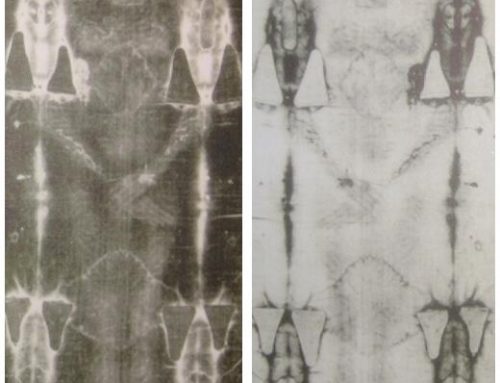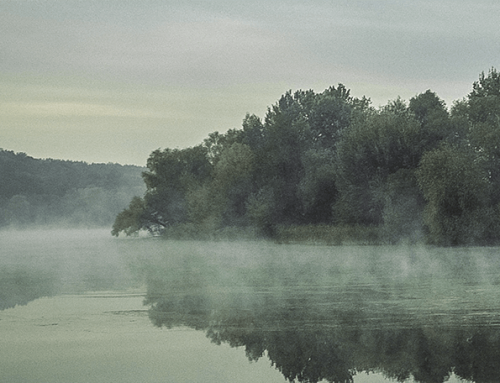 Foxe’s Book of Martyrs is one of the great classics of the Christian faith. Originally compiled by John Foxe in the 16th century, it has greatly influenced English Protestant thinking. For many English-speaking Protestant Christians of the past five centuries, Foxe’s Book of Martyrs and John Bunyan’s Pilgrim’s Progress have been considered second only to the Holy Bible as essential reading for the Christian.
Foxe’s Book of Martyrs is one of the great classics of the Christian faith. Originally compiled by John Foxe in the 16th century, it has greatly influenced English Protestant thinking. For many English-speaking Protestant Christians of the past five centuries, Foxe’s Book of Martyrs and John Bunyan’s Pilgrim’s Progress have been considered second only to the Holy Bible as essential reading for the Christian.
England was a hotbed of political and religious conflict in the 16th century. King Henry VIII had separated the Church of England from the Roman Catholic Church in 1534 over the Pope’s refusal to grant an annulment of his marriage to Catherine of Aragon. Many years of political conflict and religious persecution ensued as Catholic and Protestant factions struggled for control.
In the midst of this conflict, John Foxe compiled his Book of Martyrs. Beginning with the martyrdom of the Apostles, Foxe carefully researched and compiled accounts of the great persecutions: first under the pagan Romans and Persians; then persecutions for heresy under the Papacy, the Inquisitions of the Middle Ages, and the early Reformation and concluding with the persecutions of Protestants in Great Britain under Queen Mary I (1553-1559). William Shakespeare is purported to have consults Foxe’s work when researching his play, “The Life and Death of King John” (Bevington 2016).
Foxe writes in the style of his day. Unlike modern historians who often take pains to appear detached and impartial in their writing, Foxe writes with passion and a clear aversion to the perpetrators of the persecutions. From its first publication in 1559, Foxe was accused of not accurately representing events, and he did make several corrections in subsequent editions. However, despite the controversial tone of his writing, the events he records are generally considered to be accurate.
Most modern editions of the book include sections added in the style of the original, documenting the stories of George Fox, John Bunyan, John Wesley, Adoniram Judson and others from the 17th-19th centuries. The popular edition edited by William Byron Forbush, published in 1926, retains the character of the original but is edited for modern English readers.
About the Author: John Foxe was born at Boston, in Lincolnshire, England, in 1517. It was that very year that Martin Luther nailed his 95 Theses to the door of the Church at Wittenburg Castle, an event considered by some to mark the beginning of the Protestant Reformation.
Demonstrating an aptitude for learning, Foxe entered Oxford at the age of 16 and after completing his studies, remained as a fellow of Magdalen College. As a fellow, Foxe devoted himself to a study of the Scriptures and the history of the Church, both ancient and modern. Well before his thirtieth year, Foxe had studied the Greek and Latin fathers in their original languages and was skilled in the Hebrew language.
When his sympathies for the Reformation became known, Foxe resigned his fellowship in 1547. He became a tutor for the children of the Duke of Norfolk and was ordained as a deacon in the Church of England. During this time, Foxe wrote several tracts for the cause of the Reformation and began working on a manuscript he titled, Actes and Monuments of these latter and perillous dayes, more commonly known as Foxe’s Book of Martyrs.
When the Roman Catholic Queen, Mary, ascended to the throne in 1553, Foxe was forced to flee to France and later to Switzerland. There he lent support to the Calvinist Reformer John Knox. From his place of refuge, Foxe wrote powerful appeals to the English nobility to restrain the Queen’s persecution of the Protestant Christians.
The first edition of Foxe’s Actes and Monuments was published in 1559 after the Protestant Queen Elizabeth I ascended to the throne. Foxe continued to improve his work through its second (1570), third (1576) and fourth (1583) editions.
Being ordained as an Anglican priest in 1560, Foxe preached occasionally and continued to write and to minister to those in need. Foxe died in 1587 at Cripplegate, London.
References:
Foxe, John. 1926, 1967. Foxe’s Book of Martyrs. Edited by William Byron Forbush. Zondervan Publishing House.
Bevington, David. 2016. “King John.” January 31. Accessed April 23, 2019. https://www.britannica.com/topic/King-John.
“John Foxe.” April 14. Accessed April 23, 2019. https://www.britannica.com/biography/John-Foxe.





Very interesting. This phase of history is one that I never got around to studying in school.
I still need to read this
I’m not sure I ever read every word, but I know some parts I have read many times.